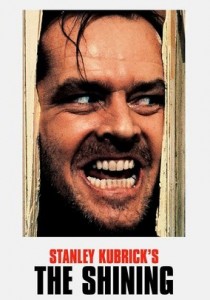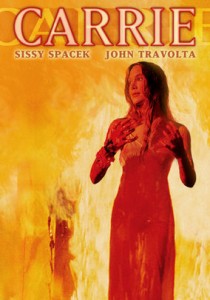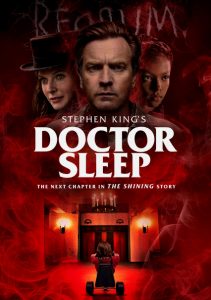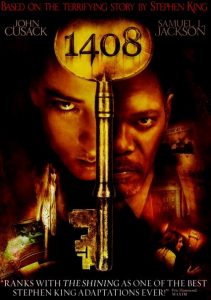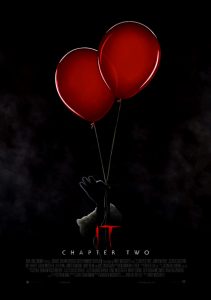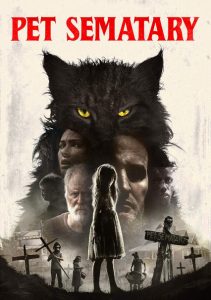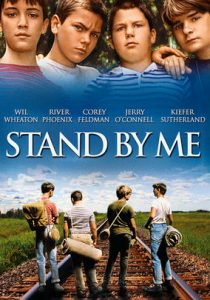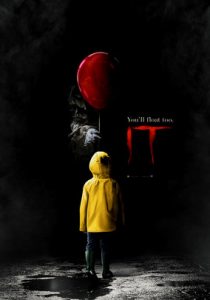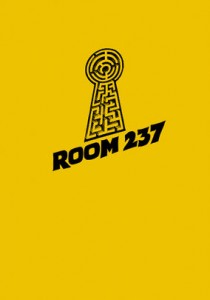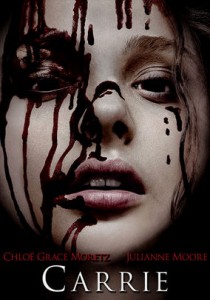The Shining-1980
Director Stanley Kubrick
Starring Jack Nicholson, Shelley Duvall
Top 250 Films #21
Top 40 Horror Films #6
Scott’s Review #313
Reviewed December 31, 2015
Grade: A
The Shining is one of the great horror masterpieces of all time.
Released in 1980, and atypical of the slasher craze that was rampant at that time, the film is a psychological ghost story with frightening elements, including a musical score, long camera shots, and a haunting, grandiose hotel set in a deserted locale.
Without the brilliant direction of Stanley Kubrick, The Shining would not be the masterpiece that it is, to say nothing of the talents of Nicholson and Duvall in the lead roles.
Based on the popular horror novel by Stephen King.
Nicholson plays Jack Torrance, an author and alcoholic, who takes his wife Wendy (Duvall) and son Danny to serve as caretakers at the vast Overlook hotel- for the winter in snowy Colorado.
The lavish hotel will be deserted for the season and Jack looks forward to months of peace that will enable him to complete his novel.
Unfortunately, the hotel is haunted by spirits of the past, and the added burden of the previous caretaker going mad and chopping his family to bits with an ax.
The real success of The Shining is that the hotel itself is a character and has nuances of its own. The hotel is deathly quiet as the Torrances take over for the season-long hallways are featured and the forbidden Room 237 takes on a life of its own.
Creepy images of two young girls and red blood gushing from the elevators take over. Young Danny can communicate with the chef without speaking to each other. Jack imagines a gorgeous nude woman in the bathtub only to discover she is a shriveled old hag.
The film’s cinematography coupled with the looming, morose, musical score perfectly go hand in hand and, in my opinion, are the reasons for the success of the film.
Throughout the film, there is a sense of dread and a forbidden presence that works beautifully.
The very first scene is an aerial shot of the Torrances driving along a mountainous road to be interviewed for the caretaker position. The vast land and mountains as we eventually see the Overlook immediately reveal to us the feeling of isolation, which is really what the film is about.
These exterior scenes are also gorgeous to marvel at.
The crisp, gloomy, winter scenes and the endless maze of animal shrubbery come into play during the film’s final act as Jack, now completely mad, chases Danny through the snowy paths that seemingly lead to nowhere.
The catchphrase, “Here’s Johnny!”, that is uttered from an ax-wielding Nicholson, is permanently ensconced in the relics of pop culture.
Nicholson and Duvall have such dynamic and palpable on-screen chemistry that makes the film work from a character perspective. There is something slightly off with each of the characters, readily apparent from the outset, but that has more to do with each actor being rather non-traditional in appearance.
I can imagine no other actors in these roles.
Author, Stephen King, who reportedly despised the film version of his novel, has since grown to respect the film and Kubrick’s direction, a great deal. The Shining is one of my favorite horror films in addition to being one of my favorite films of all time.
